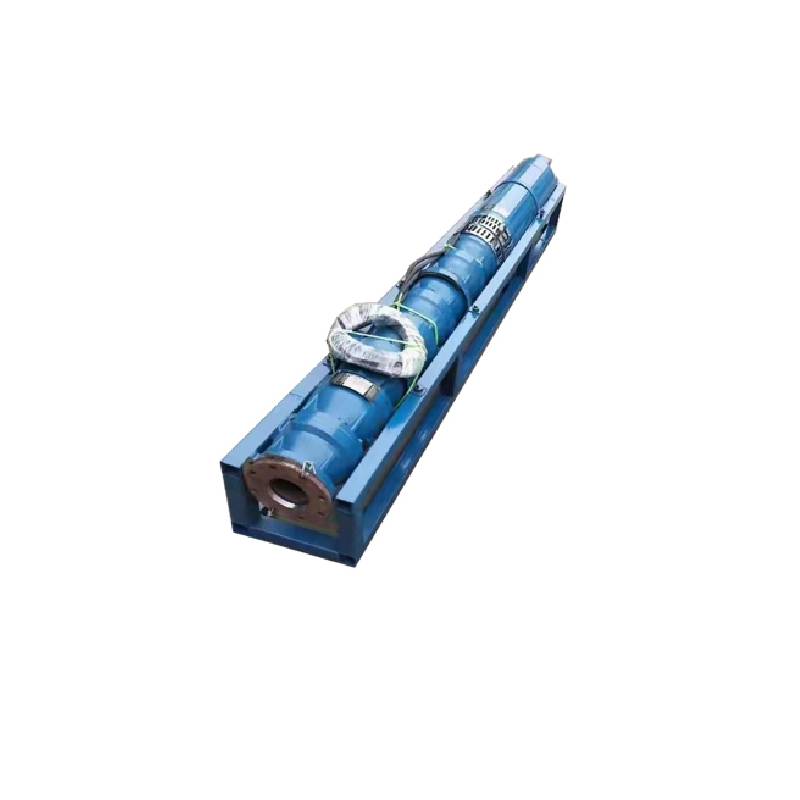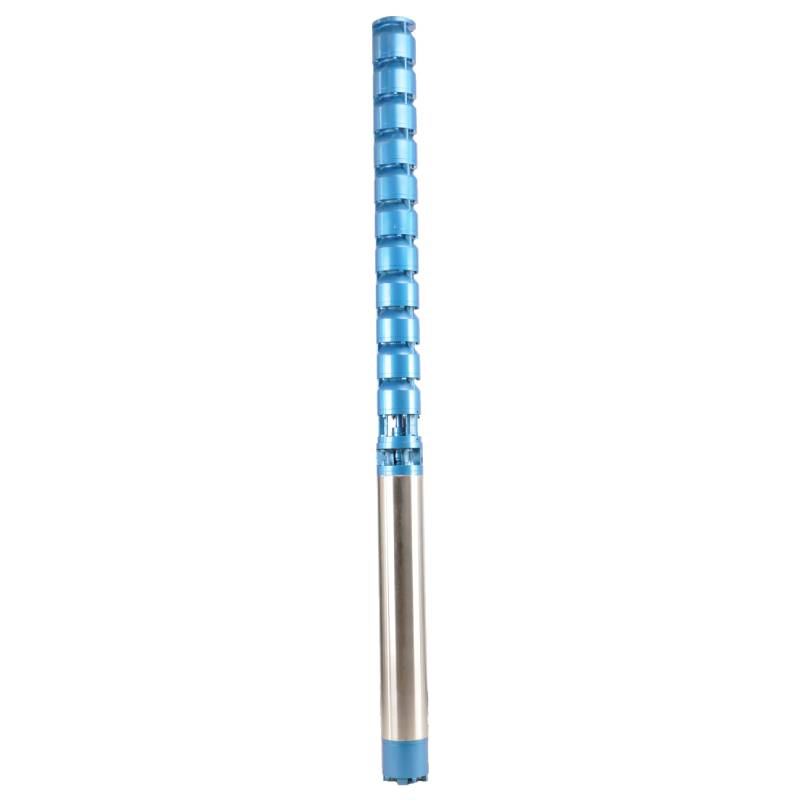Sep . 19, 2024 20:51 Back to list
deep well pump set up
Setting Up a Deep Well Pump A Comprehensive Guide
Installing a deep well pump is an essential process for accessing groundwater for various needs, including agricultural, residential, and industrial purposes. While the task may seem daunting, proper planning and execution can ensure a successful setup. Below is a step-by-step guide on how to effectively set up a deep well pump.
Understanding Deep Well Pumps
Deep well pumps are designed to draw water from depths typically exceeding 25 feet. These pumps can be submersible, which are placed underwater, or vertical turbine pumps that are located above the water level. Choosing the right type depends on your specific requirements, including the depth of your well and the volume of water needed.
Step 1 Assessing Your Needs
Before installation, assess your water needs. Calculate the volume of water required for irrigation, household consumption, or industrial use. This calculation helps in selecting the appropriate pump size, flow rate, and power requirements.
Step 2 Choosing the Right Pump
Once you have a clear understanding of your needs, it's time to choose a pump. Consider the following factors
- Depth of the well Ensure the pump's capability matches the well's depth. - Flow rate This is measured in gallons per minute (GPM) and should cater to your usage needs. - Horsepower (HP) Choose a pump with adequate HP to lift water from the desired depth.
Consulting with a professional or referring to manufacturer specifications can help you make an informed choice.
Step 3 Gathering Necessary Equipment
deep well pump set up

Before starting the installation, gather all necessary equipment
- The chosen pump and motor - PVC or polyethylene piping - Electrical wiring materials - A power supply that meets the pump’s requirements - A drill (if needed) for well casing - Filters and check valves for water quality - A pressure tank (if applicable)
Step 4 Installing the Pump
1. Preparing the Well Ensure the well is clean and clear from debris. You may need to drill further or clean the well casing if necessary. 2. Assembling the Pump Follow the manufacturer's instructions to assemble your pump and connect it to the discharge piping. Ensure all connections are secure to prevent leaks.
3. Lowering the Pump into the Well Use a sturdy rope or cable to lower the pump slowly into the well. It’s crucial to keep it vertical to avoid damage.
4. Connecting Electrical Supply Safely connect the pump to your power source, following local electrical codes. It’s often wise to hire a licensed electrician to handle these connections.
5. Testing the System Once everything is connected, turn on the pump to test the system. Check for leaks, listen for unusual sounds, and monitor the pressure gauge.
Step 5 Maintenance Tips
Regular maintenance is key to ensuring the longevity of your pump. Schedule yearly inspections, clean filters, and test water quality periodically. Address any performance issues promptly to avoid costly repairs.
Conclusion
Setting up a deep well pump can provide a reliable water supply for a multitude of needs. By following these steps—assessing your needs, choosing the right pump, gathering equipment, installing correctly, and maintaining the system—you can ensure a successful setup that serves you well for years to come. Whether for irrigation or household use, understanding the process makes all the difference.
-
Efficient 250QJP Peep Well Submersible Pump for Deep Well Water
NewsAug.30,2025
-
Deep Well Pump Installation Guide: Reliable Submersible Pumps
NewsAug.29,2025
-
125QJR Deep Well Submersible Pump - High Performance & Reliable Water Supply
NewsAug.28,2025
-
Water Filled Submersible Pump
NewsAug.26,2025
-
The Ultimate Solution for Clean
NewsAug.26,2025
-
SS Submersible Pump
NewsAug.26,2025
-
 Efficient 250QJP Peep Well Submersible Pump for Deep Well WaterDiscover the powerful 250QJP Peep Well Submersible Pump. Engineered for high-efficiency and reliability, it's ideal for deep well water supply, industrial, and agricultural irrigation. Get consistent performance. Explore our range today!Detail
Efficient 250QJP Peep Well Submersible Pump for Deep Well WaterDiscover the powerful 250QJP Peep Well Submersible Pump. Engineered for high-efficiency and reliability, it's ideal for deep well water supply, industrial, and agricultural irrigation. Get consistent performance. Explore our range today!Detail -
 Deep Well Pump Installation Guide: Reliable Submersible PumpsGet expert deep well pump installation for reliable, consistent water. Our durable submersible well water pumps are ideal for homes & farms. View our installation diagram & solutions.Detail
Deep Well Pump Installation Guide: Reliable Submersible PumpsGet expert deep well pump installation for reliable, consistent water. Our durable submersible well water pumps are ideal for homes & farms. View our installation diagram & solutions.Detail -
 125QJR Deep Well Submersible Pump - High Performance & Reliable Water SupplyGet reliable, high-performance water with the 125QJR Deep Well Submersible Pump. Ideal for irrigation, agriculture, and industrial deep well applications. Experience efficient, continuous water supply. Shop now!Detail
125QJR Deep Well Submersible Pump - High Performance & Reliable Water SupplyGet reliable, high-performance water with the 125QJR Deep Well Submersible Pump. Ideal for irrigation, agriculture, and industrial deep well applications. Experience efficient, continuous water supply. Shop now!Detail
